Circuit Breakers

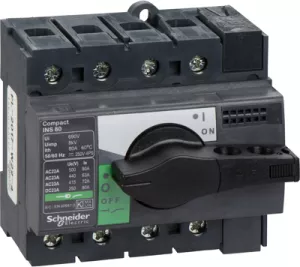
Order No.:
01P3747
Manufacturer SKU:
28905

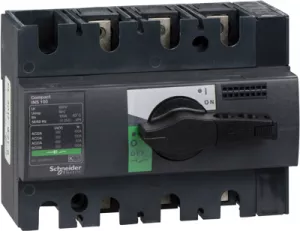
Order No.:
01P3748
Manufacturer SKU:
28908

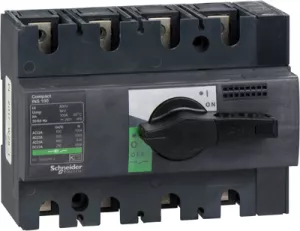
Order No.:
01P3749
Manufacturer SKU:
28909

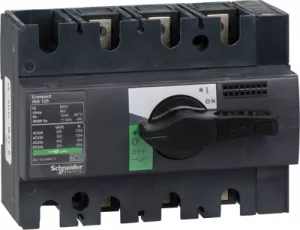
Order No.:
01P3750
Manufacturer SKU:
28910

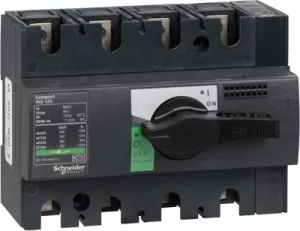
Order No.:
01P3751
Manufacturer SKU:
28911

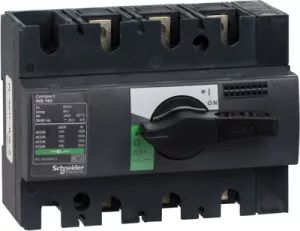
Order No.:
01P3752
Manufacturer SKU:
28912

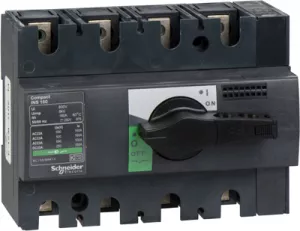
Order No.:
01P3753
Manufacturer SKU:
28913

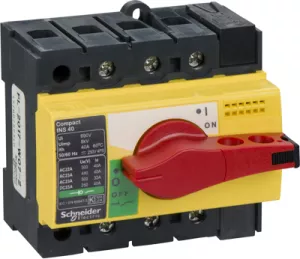
Order No.:
01P3754
Manufacturer SKU:
28916

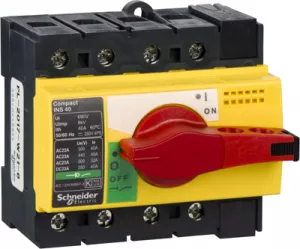
Order No.:
01P3755
Manufacturer SKU:
28917

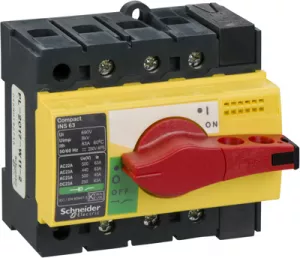
Order No.:
01P3756
Manufacturer SKU:
28918

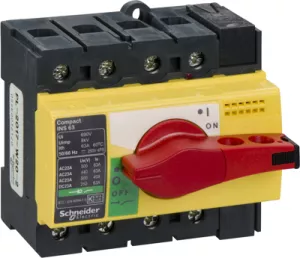
Order No.:
01P3757
Manufacturer SKU:
28919

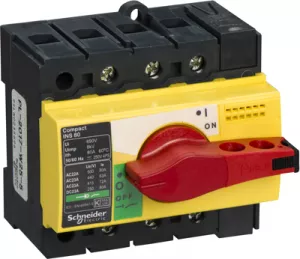
Order No.:
01P3758
Manufacturer SKU:
28920

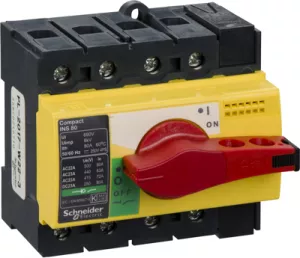
Order No.:
01P3759
Manufacturer SKU:
28921

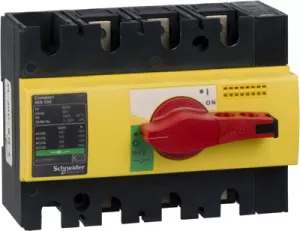
Order No.:
01P3760
Manufacturer SKU:
28924

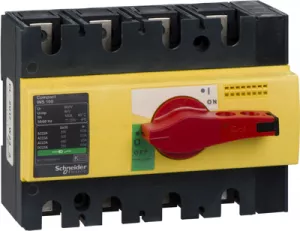
Order No.:
01P3761
Manufacturer SKU:
28925

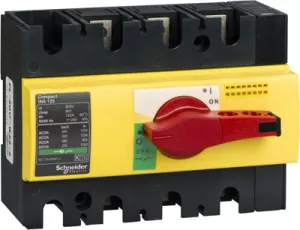
Order No.:
01P3762
Manufacturer SKU:
28926

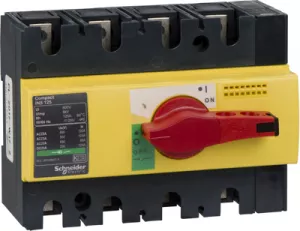
Order No.:
01P3763
Manufacturer SKU:
28927

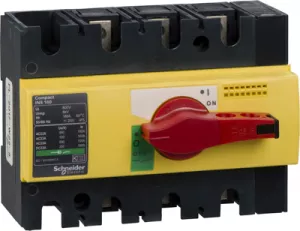
Order No.:
01P3764
Manufacturer SKU:
28928


Order No.:
01P3765
Manufacturer SKU:
28929

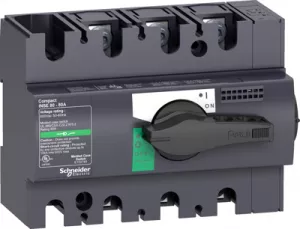
Order No.:
01P3782
Manufacturer SKU:
28994
Safety guaranteed: Functions and advantages of switch-disconnectors
Circuit breakers are used to protect electrical circuits by automatically switching off in the event of an overload or short circuit. They can be switched back on, eliminating the need for one-way fuses. Switch-disconnectors, on the other hand, specialize in safely isolating electrical circuits from the power supply.
Unlike circuit breakers, switch-disconnectors do not perform a protective function, but merely ensure safe isolation as well as prevention of accidental switch-on. Both electromechanical components are indispensable in electrical installations and in the energy sector, with circuit-breakers primarily ensuring the protection of installations, while switch-disconnectors are used for maintenance and repairs.